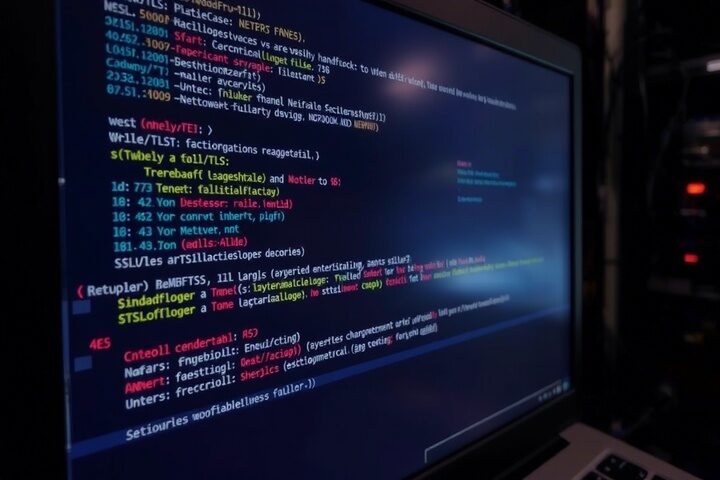An SSL/TLS handshake failure is the inability to create a safe connection between a client—a browser—and a server. This problem compromises data security and causes websites to load unsafely to fail. This article will enable you effectively identify and fix a certificate fault causing an encryption issue.
What Causes an SSL/TLS Handshake Failure?

A secure connection relies on proper encryption protocols, and handshake failures can result from:
- Bad SSL/TLS Configuration: Misaligned cipher suites or protocols stop effective handshakes.
- Expired or invalid SSL certificate: The handshake may fail due to a certificate issue.
- The server and client have to be able to handle compatible TLS versions.
- Antivirus Interference or Firewall: Certain security programs might restrict encrypted connections.
- Corrupt browser cache or unreliable network connections could throw off handshakes.
How to Diagnose an SSL/TLS Handshake Failure

If you’re facing an SSL/TLS handshake failure, follow these steps:
- Verify whether the SSL certificate is current using web tools including SSL Labs’ SSL Test.
- Verify TLS Version Compatibility: See whether TLS 1.2 or later is supported by the client and server respectively.
- Review Web Server Configuration: Verify SSL/TLS protocol settings on your web server.
- Temporarily disable security software to see whether it’s interfering with the handshake and inspect firewall and antivirus settings.
- Try an other browser or network. To separate the problem, change browsers or connect from another network.
Steps to Fix an SSL/TLS Handshake Failure

Once you’ve identified the cause, follow these steps to resolve the issue:
- Update Your SSL Certificate: Right away renew any expired certificate if the problem results from one.
- Turn on compatible TLS versions to provide maximum security from your server supporting TLS 1.2 or TLS 1.3.
- Change cipher suite settings to correspond with present security guidelines.
- Clear Browser Cache & Cookies: Eliminating outdated cache will help to fix handshake problems connected to browsers.
- Examining your web server logs will help you find particular handshake-related faults.
- Restart Web Server and Network Devices: Sometimes re-establishing safe connections depends on restarting your router or server.
suitable Practices for Maintaining Secure Connections
To prevent future SSL/TLS handshake failure issues, follow these suitable practices:
- Choose a trusted SSL certificate provider and get certificates from respectable certificate authorities.
- Track SSL/TLS Status: Perform regular security audits to find early on encryption problems.
- Turn on automatic certificate renewing to stop handshake failures connected to expiration.
- Maintaining updated servers and browsers guarantees both sides support of current encryption standards.
- Use appropriate firewall and security settings to enable encrypted transmission without disturbance.
Get Expert IT Support Services in Germany
If you’re struggling with SSL/TLS handshake failure, certificate errors, or encryption issues, expert assistance can help. TechNow offers IT Support Services in Germany, specializing in secure connection troubleshooting, SSL certificate management, and cybersecurity solutions. Contact TechNow today to ensure your website remains secure and accessible!



